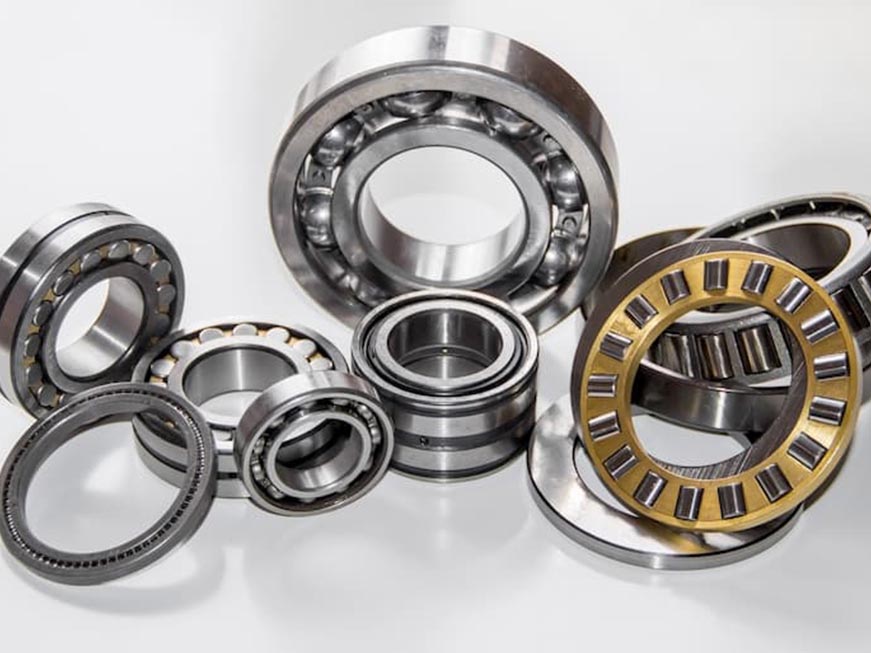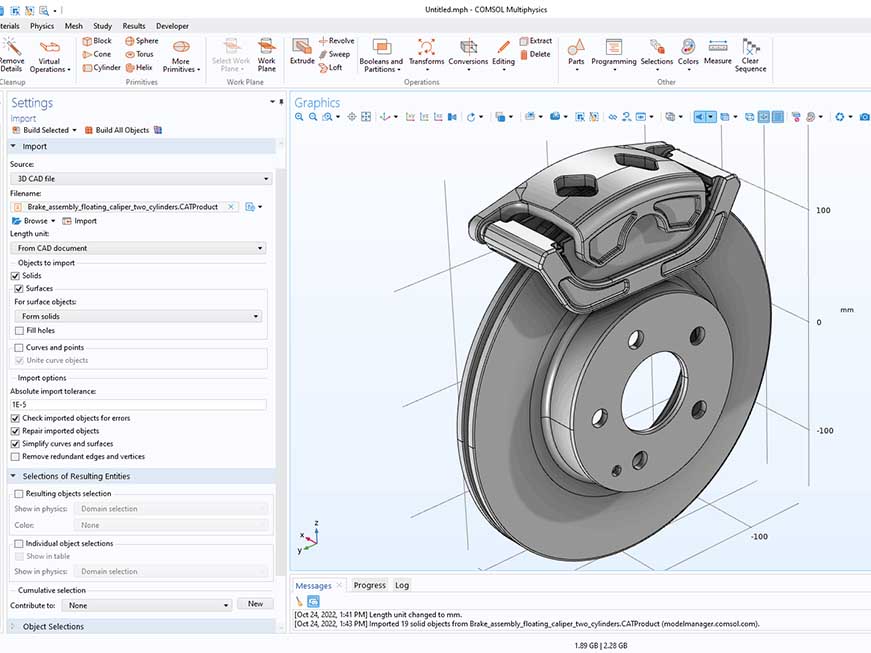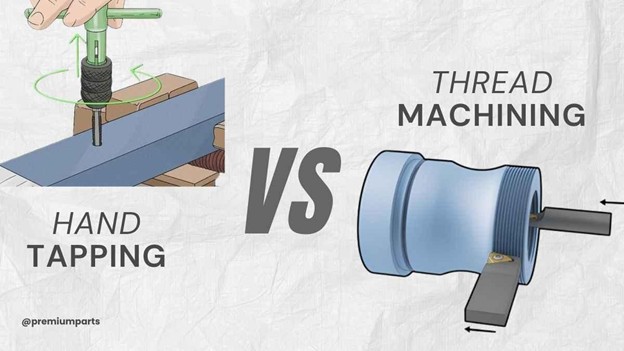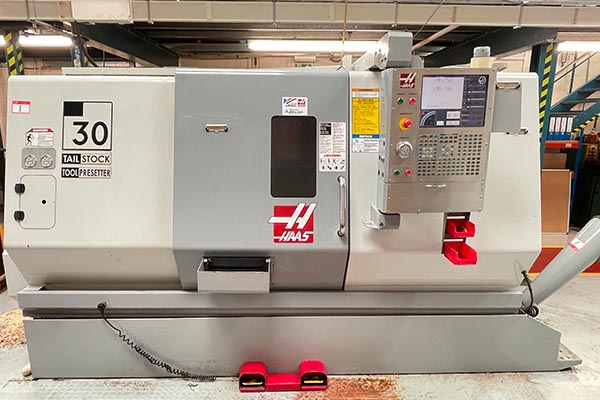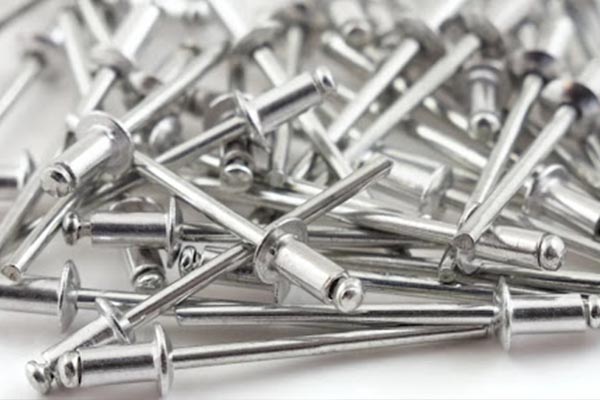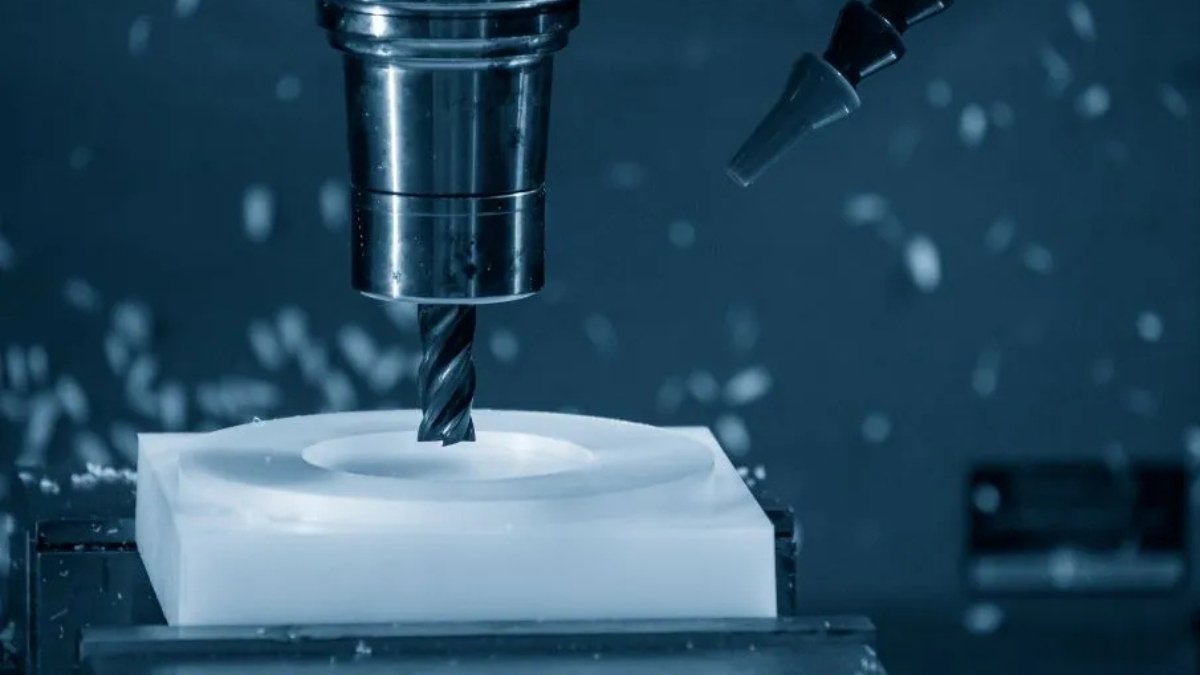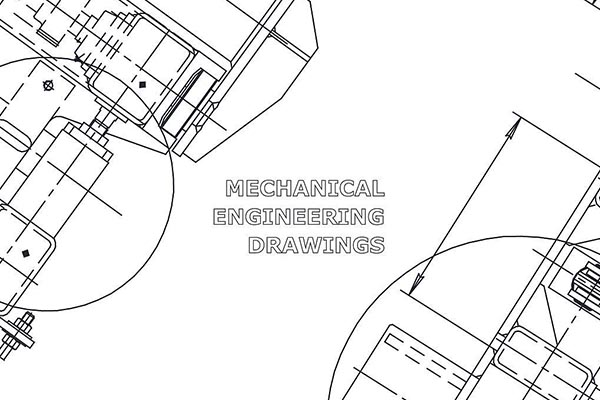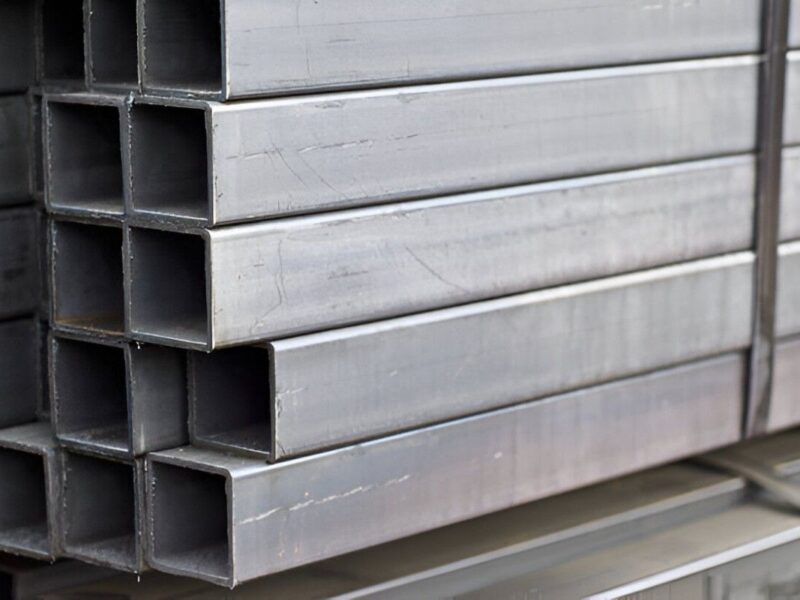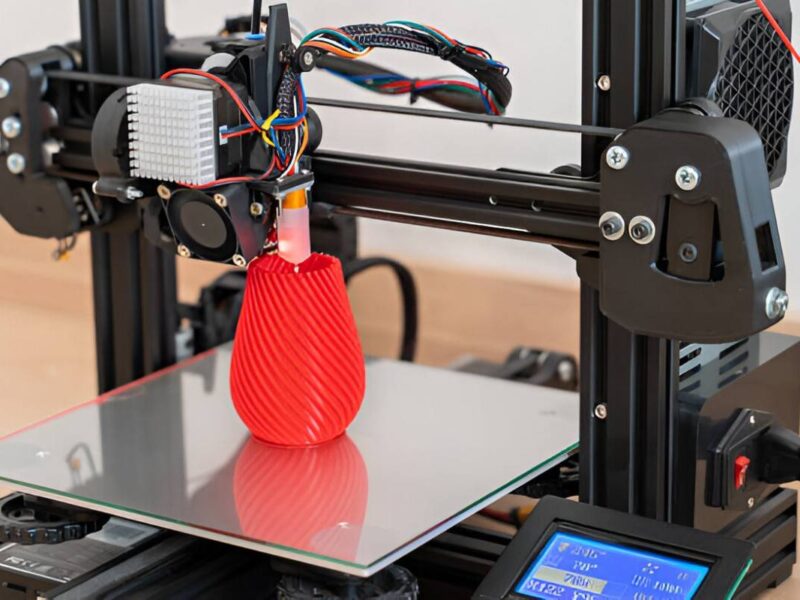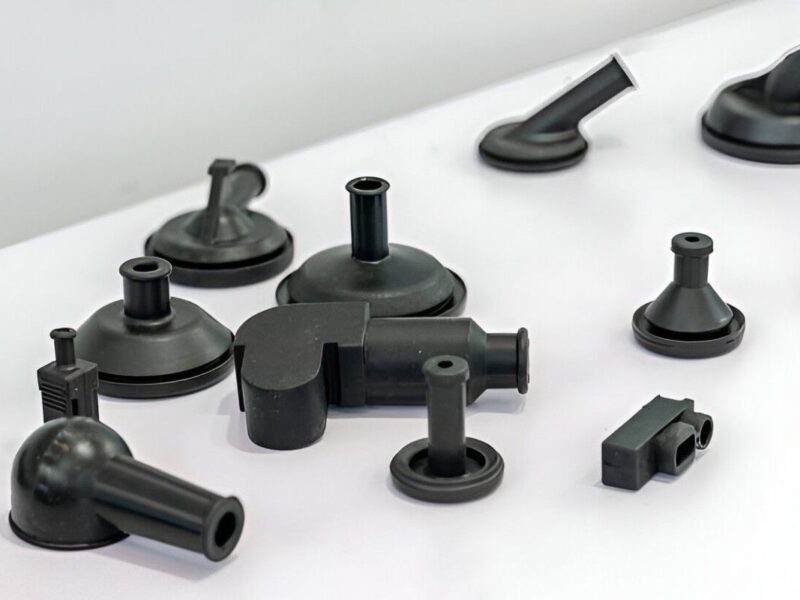In today’s competitive manufacturing environment, businesses face immense pressure to maintain efficiency, minimize human errors, and deliver precise parts quickly. Conventional manufacturing processes are inefficient, causing mistakes, failures, and delays. These issues negatively impact product quality and, in some cases, lead to missed deadlines.
This is where CNC production steps in. CNC machines automate the manufacturing process, eliminating manual errors. This reduces labor costs and cuts production time. CNC machines are accurate enough to meet the unique demands of various industries, including electrical, mechanical, aerospace, automotive, medical devices, and more.
In this blog, we’ll walk you through how CNC production is revolutionizing the manufacturing sector. We’ll cover the basics of CNC machines, the different types, and applications across industries. So, keep on reading.
What Is CNC Production?
CNC Production simply refers to the machining process, which is controlled with preprogrammed software. These machines repeatedly perform tasks exactly as programmed. They handle materials like metal, plastic, wood, and composites with relative ease. CNC machines precisely perform drilling, slotting, milling, and turning operations. Besides, it eliminates manual intervention, reducing errors and ensuring highly accurate finished components.
Key Features of CNC Production
- High Precision and Consistency
- Reduced Manual Labor
- Economical for Large-Scale Operations
- Seamless Production of Complex Designs
- Customization and Adaptability
Key Features of CNC Production
Here are the detailed key features of CNC production:
High Precision and Consistency
Parts produced by CNC machines are far more precise than manual work. It maintains high accuracy and guarantees that parts produced in small or large batches also attain stringent quality standards.
Reduced Manual Labor
CNC automates key manufacturing tasks, reducing the need for manual labor and associated risks. The entire workflow is essentially streamlined by operators as they concentrate mostly on programming and supervising the machines.
Economical for Large-Scale Operations
CNC production is becoming more economical as you move to larger scales of operation. Once written, a program runs repeatedly without additional setup costs. This reduces production expenses significantly. In mass manufacturing, it lowers costs dramatically.
Meticulous Reproduction of Complex Designs
CNC machines allow for intricate designs to be reproduced precisely. These would be difficult or virtually impossible to make through manual techniques. The machines come with advanced capabilities, and they can create deep contours, patterns, and geometries easily.
Customization and Adaptability
CNC machines give colossal adaptability with programmable controls. The process can be quickly adapted to make a separate component by changing the program. Consequently, CNC machines are well-suited for prototyping and full production.
At Premium Parts, we employ advanced programming to drive CNC parts production. We provide services to engineers, designers, and businesses looking for superior, high-grade customization capabilities with a guarantee of quality and accuracy.
Types of CNC Machines
There are a multitude of CNC machines with various forms and different tasks. The most common ones are as follows:
CNC Milling Machines
CNC milling machines are highly adaptive and versatile. These can handle various configurations, including drilling, slotting, and turning. With multi-axis capabilities, they are ideal for industries like aerospace and automotive. CNC milling machines can produce parts of varying complexities.
CNC Lathes
CNC lathe machines are for manufacturing cylindrical or symmetrical products. For applications in the automotive and plumbing industries, they achieve exceptional accuracy during production.
CNC Cutting Machines
Plasma cutters, waterjets, and laser cutters are CNC cutting machines. These machines can create intricate shapes and designs rather quickly and precisely.
CNC Grinders
CNC grinders excise tiny details and smooth materials with abrasive instruments. They make highly detailed components and have easy-to-cut design features.
CNC Machines and Their Applications
| CNC Machine Type | Primary Applications | Example Products |
| CNC Milling Machines | Drilling, engraving, and shaping | Complex molds, aerospace parts |
| CNC Lathe Machines | Shaping cylindrical parts | Automotive shafts. Pipe fittings |
| CNC Cutting Machines | Cutting intricate patterns | Decorative panels, machine parts |
| CNC Grinders | Finishing and smoothing surfaces | Medical implants, detailed machinery tools |
Benefits of CNC Production
CNC production has many benefits in terms of manufacturing:
High Precision
CNC machines are highly accurate and produce parts near close to tight tolerances. These machines feature high efficiency.
Efficiency
Automation minimizes the chance of mistakes in machine operations found in CNC production. This leads to efficient scheduling and faster product delivery. This also allows businesses to bring out the goods fast and at tight deadlines. It helps companies to schedule efficiently without losing quality.
Scalability
CNC machines are versatile, regardless of a prototype or a large production run. These machines can effortlessly scale up or down as per the project demand. This flexibility supports both small and large-scale manufacturing demand.
Cost-Effectiveness
CNC machines bring unique benefits in terms of cost reduction, while the initial investment is significant. They can also continue working with little supervision. Their automated processes require minimal supervision and reduce material waste. This leads to more efficient operations.
Suitability For Range in Materials
CNC machines can process different materials, including metals, plastics, composites, etc. Manufacturers can make versatile products ready for use in various industries and for different applications.
Improved Safety
Automating most of the production process reduces the use of manual operations and, thus, the threat of accidents. Operators can view the machines safely from a distance. This ensures a secure working environment.
High-Quality Surface Finishes
The surface finishes and edges are better than those you get from CNC production and often do not require post-processing. When this is the case, it is extremely useful to industries that are in need of manufacturing parts with aesthetic or functional surface quality, like medical implants or decorative elements.
CNC production reduces the costs and simplifies the operations. These lead to the conclusion that CNC is a great solution for modern industries as it provides these benefits.
How To Maximize CNC Production Efficiency?
It is necessary to optimize the CNC production process in order to improve efficiency and increase profit. Below are a few practical tips to increase machine performance.
Maintain Regular Machine Checks
CNC machines should be maintained and inspected frequently. This allows the equipment to be worn out and identifies that the equipment is worn out. The machine does not break down unexpectedly as we regularly check it. We also ensure that the machine runs at peak performance. It should be properly lubricated, clean, and calibrated.
High-Quality Tools and Materials Investment
Premium cutting tools and high-quality materials are used to achieve precision and maximum quality without defects in CNC production. Tools that reduce wear and time for operations are efficient. This enhances the quality of the final output. As tools are worth the investment in durable tools, replacement frequency is reduced, and long-term money is saved. Use raw materials of high grade to reduce production failure and guarantee the consistency of results.
Implement Advanced Software Solutions
The production efficiency can improve dramatically by integrating the advanced CAD/CAM software with CNC machines. Today’s software makes it possible to simulate, optimize, and communicate between the design and machining processes better. These factors reduce the potential for programming errors, shorten the time from programming to production, and guarantee that yearly parts are manufactured to the exact specifications. Through software, automation also helps with repeatability, especially on a mass scale of an operation.
Train Your Workforce Regularly
Even with state-of-the-art machines, success hinges on the expertise of the operators. Regular training helps employees stay updated on CNC technologies and techniques. The well-trained operators can troubleshoot, optimize, and exploit the machinery capabilities due to their skills. A well-trained workforce means improved efficiency overall and also decreased chances of making operational mistakes.
Comparison Table on Tips to Increase Productivity
| Tip | Impact | Tools/Techniques |
| Machine Maintenance | Reduces downtime | Maintenance scheduling software |
| Upgraded Tools | Enhances precision and durability | Titanium-coated tools for a longer lifespan |
| Advanced CNC Programming | Optimizes cycle time | Implementing CAD/CAM for programming |
| Skilled Workforce Training | Improves quality and speed | Online CNC programming certification courses |
Applications of CNC Production in Industries
CNC production is a requirement of many fields. Here is the breakdown:
Automotive Industry
CNC machines are accurately producing engine parts, transmission components, and custom prototypes. It provides them with repeatability and high accuracy when making vehicles. This allows strict performance and safety standards to be met.
Aerospace Industry
CNC provides precision for lightweight but durable parts such as turbine blades, fuselage parts, and structural supports. Accuracy is required to be as high as possible in safety-critical and high-performance applications involving high stress.
Medical Industry
CNC machining can help you create surgical tools, implants, and prosthetics. Producing components meeting regulatory requirements relies a great deal on this technology.
Electronics Industry
The micron-sized components manufactured by CNC are used in consumer electronics. It can deliver highly detailed and consistent products from smartphones to circuit boards.
Energy Sector
CNC supports the production of components for wind turbines, oil and gas extraction equipment, and more. It does provide durability and reliability for demanding applications. It also ensures safe and efficient operation.
Final Thoughts
Businesses that desire to be excellent in modern-day manufacturing use CNC production as a crucial part of their technology. It allows companies to manufacture products as accurately and with the highest level of efficiency. Premium Parts delivers amazing results to diverse businesses. However, they don’t need to sell complicated solutions.
You can improve your manufacturing process with precision CNC machining by reaching out to us for your project discussion. Our team demonstrates the methods we use to help organizations reach their manufacturing targets.
FAQs
Q1. What is CNC production?
It refers to the use of computer numerical control machines in manufacturing parts and components through operations. When operating on metals, plastics, and composite materials, the machines do these things according to the programmed instructions. CNC allows the production process to achieve automation to a high degree. It also has a high precision level, repeated output, and efficient performance.
Q2. Which industries use CNC machining?
CNC Machining aids the medical industry in producing surgical equipment and prosthetic limbs. In aircraft, it is used to make components like wings, shafts, interiors, and exterior parts. Moreover, the automotive sector develops cost-effective engine components. Electronic appliances are also made by CNC machining. This feature makes it possible to work with different applications, and for this reason, modern production operations depend upon this feature.
Q3. Which materials do CNC machining operations accept?
Materials operating in a wide assortment are used in CNC machine systems. Aluminum and steel, along with titanium metal, are used by the machines. Processing both acrylics and polycarbonates is included in the machining operation. Among the materials compatible with CNC processing are carbon fiber composites and other materials. As different materials have different uses, they must each also be selected for a specific purpose.
Q4. What is Reaming?
Precise and smooth finishes are made through the final dimension adjustment, which is obtained by reaming into a hole. Also, the process is used to manufacture highly precise parts due to its routine use.
Q5. What do CNC software programs do in terms of processing functions?
Special software is needed to develop operational commands for computer numerical control machine programming. Mostly, the G-code format guides movement operations on machine operations. CAD (computer-aided design) and CAM (computer-aided manufacturing) software programs are used by engineering personnel. All these tools are used to generate and design software programs that process digital information.
Q6. Is CNC machining environmentally sustainable?
CNC machines usually generate more scrap. Nevertheless, efforts are being made to make a sustainable solution. Scrap cannot go to waste, as many manufacturers recycle it to use again. In addition, they optimize processes to minimize environmental impact. They also use energy-efficient machines to prevent environmental problems.
Q7. What is the difference between CNC machining and 3D printing?
CNC machining is a subtractive process. It allows you to cut out a larger solid to form the finished part, and the additive process uses materials such as plastic, metal powder, etc., layer by layer to build a model. Therefore, CNC is better for higher precision and better durability, but 3D printing is better for prototyping purposes and creating complex geometries.
Q8. How long should parts be made through CNC machining?
The production time of the CNC-machined parts is complex. It usually depends on design complexity, the material type, and the production volume. Simple parts require only a few minutes to machine. The designs can get much more complicated and can take hours to machine. However, it may involve several operations or setups and will thus affect the overall time.


